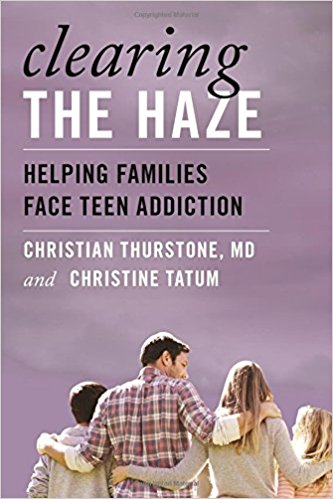Another study, another day — OK, make that months — of misleading news reports about what it means.
This time, the study is published in the Journal of Adolescent Health. While many news organizations are beginning to pick it up, I’ll focus on coverage by reporter Gail Sullivan that spun out of The Washington Post online at 1:30 a.m., April 24.
First, let’s take a look at the research. It’s titled “The Impact of State Medical Marijuana Legislation on Adolescent Marijuana Use” and funded by the RI Foundation. You’ll find an abstract here, but here’s a brief summary of the results:
Well, there are very, very good reasons the researchers didn’t find those differences — very good reasons that aren’t getting reported. Here are just three — and they’re serious enough that The Washington Post should issue clarifications, if not corrections, of Ms. Sullivan’s work.
- The study doesn’t include data from the states of the heavily using medical marijuana states of California and Oregon — or the states of Colorado and Washington, which legalized the drug for recreational use in 2012. “This is like studying global vodka consumption and leaving out Russia!” former senior White House drug policy advisor Kevin Sabet said as we discussed this study’s flaws. Indeed.
These omissions certainly call into question the accuracy of the headline slapped over Ms. Sullivan’s reporting — and no, I don’t think journalists should shrug their shoulders and mount a defense that boils down to, “Well, we told you it was a study that came from someone else.” - The data set these researchers examined ENDS IN 2011. The boom in marijuana dispensaries didn’t start in the very states this study omitted until early 2010. So, in other words, here we are in 2014 being told by news organizations with massive publishing platforms that changes in marijuana laws haven’t led to increased marijuana use in youth. In this Washington Post story, there is no mention that researchers weren’t looking at the last two years — which, like the states they’ve omitted from their study, are critical to understanding the impact of marijuana legalization on any level.
“Our study suggests that — at least thus far — the legalization of marijuana for medical purposes has not increased adolescent marijuana use, a finding supported by a growing body of literature,” the researchers wrote.
It is the job of journalists to help the public understand that “thus far” in this case means about 2.5 years ago.
- The study doesn’t distinguish between the time laws were passed by legislative or popular votes and when they were fully implemented. If a state approves medical marijuana on Jan. 1, that doesn’t mean rules and regulations are in place the following day. In some of the medical marijuana states that were examined in this study, there still is very little, if any, implementation — which means these researchers probably couldn’t find changes in behavior because there hasn’t been actual implementation of policy.
- This study assessed marijuana use in the following medical marijuana states: Montana, Rhode Island, Maine, Nevada, Vermont. Most of these states have small registries (% of adult population for RI = 0.37%, Maine 0.08%, Nevada 0.15%, Vermont 0.07%) Montana is the only exception. Colorado is not included.
- This study relies on CDC data that are a survey of kids in school, not out of school. The kids out of school are the ones most likely to be using substances.
We need more accurate, thorough and thoughtful journalism about what is fast becoming a very big problem for our nation’s health and safety. We also need more sharp eyes in newsrooms that can point out those times when sources jump to conclusions the data don’t support.
For more about that, see:
Christine Tatum is a former staff writer for the Chicago Tribune and The Denver Post. She was elected 2006-07 national president of the Society of Professional Journalists.
UPDATE: This morning, a Colorado state lawmaker contacted my husband, Dr. Christian Thurstone, after receiving a link to this Washington Post report from a marijuana-industry lawyer and lobbyist. Here’s how Dr. T further explained this study’s limitations — limitations that should be reported by news organizations:



The Rhode Island data source is the Youth Risk Behavior Survey which is done only every two years and not in every community! We need better and more comprehensive data sources!!
Thanks so much to our friends at Ocean State Prevention Alliance for making this important point — which also should be recognized as one of this study’s strong limitations.
The study was funded by the RI
Foundation, not RI Medical Foundation
Thanks for the note, Ed! Corrected in the body of the story.